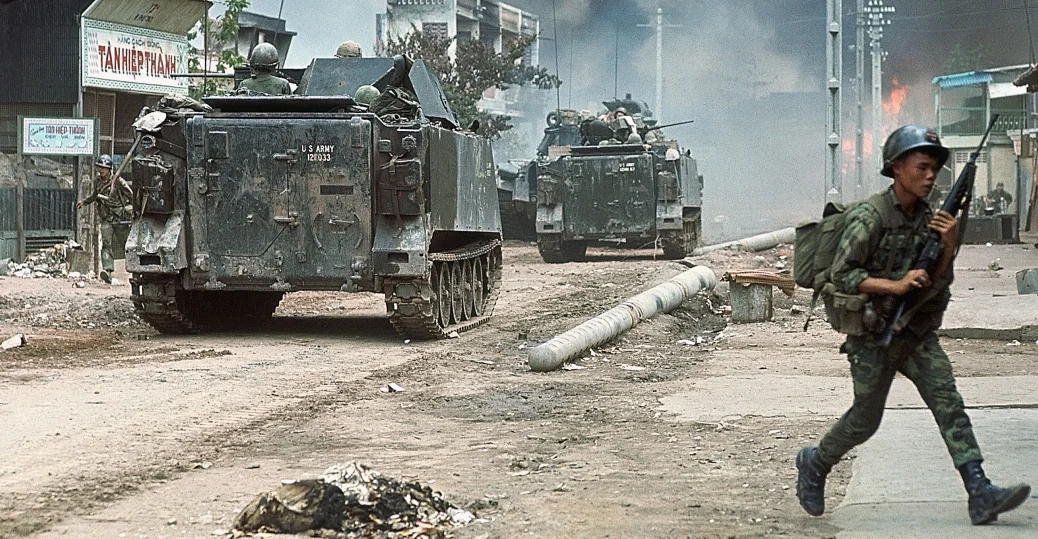In his novel The Lone Leopard, Sharifullah Dorani provides a sweeping view of the struggle that Afghans endured under the burden of foreign influence, ethnic and religious seams, and the clash between traditional conservative cultural norms versus more modern liberal western ideals. The book does an excellent job of bringing the reader into the complicated societal mosaic that makes Afghanistan so unique.
National Styles, Strategic Empathy, and Cold War Nuclear Strategy
Strategic assessments reveal a given nation’s understanding of the security landscape and its relative power position. However, strategic appraisals can also betray the fundamental values and prevailing attitudes of the country generating the assessment. American estimators have shown a propensity to frame questions in a manner reflecting their internal predispositions—a tendency that has often contributed to flawed images of external threats. This was the case during the early Cold War when American analysts routinely transferred judgment to Soviet decision-makers. By projecting their own proclivities onto an adversary whose preferences did not align with the United States, analysts persistently misdiagnosed the threat and concealed opportunities to exploit Soviet vulnerabilities. It was not until American strategic analysis underwent a dramatic transformation in the 1970s that more reliable assessments began to emerge. The Cold War, then, offers a stark warning about the pitfalls of an ethnocentric view of the security landscape. Adversaries, after all, are bounded by distinctive national styles that diverge from American logic.
#Reviewing The Kremlinologist
Though he was a known quantity to all Kremlinologists and highly respected, however, Thompson has largely remained an obscure figure. The online U.S. State Department history of the career foreign service officer Llewellyn Thompson is terse, indicating his service in Austria (1952-1957), the Soviet Union (1957-1962, 1966-1969), and “at large” (1962-1966). Omitted from this thumbnail sketch is Thompson’s service prior to and during World War II. Moreover, the official outline mentions nothing of the Cold War narrative involving the postwar negotiations pertaining to Trieste, the Berlin Crisis, the Cuban Missile Crisis, Vietnam, or the negotiations paving the way for the first Strategic Arms Limitations Talks (SALT I). Seldom has a person been so in the thick of important events only to be so largely forgotten.
#Reviewing Tank Warfare on the Eastern Front 1941-1942
For decades, popular history has perpetuated misunderstandings about the Eastern Front of the Second World War. Some of these, such as the endless hordes of the Soviet Army overwhelming the professional and competent Wehrmacht through sheer numbers, border on myth, if not outright fabrications. Other myths include the technical superiority of German war machines and the genius of certain commanders, Soviet and German. This myth busting is part and parcel of the motivation behind this book.
Bolshevik Hybrid Warfare: #Reviewing Russia in Flames
Engelstein’s book serves as a useful reminder that the hybrid warfare playbook is not new, especially not within the context of Eastern Europe. Almost every tactic Western analysts have attributed to Russia since the 2014 invasion of Crimea can be found in the book. Invading and calling a snap referendum to validate it is how the Poles took Vilnius from Lithuania. When an election in the Ukrainian Rada resulted in unfavorable political leadership, the Ukrainian Bolsheviks decamped to Eastern Ukraine (Kharkov) to create their own competing institutions, primarily to justify Soviet intervention. Propaganda using the latest technologies of the day, provocations, assassinations (at home and abroad), front-organizations, a nexus between organized crime and state power, and the political use of diasporas were all used extensively by the belligerents of the Russian Civil War. Many of the hot-spots are even the same: Crimea, Donetsk, Kharkov, Abkhazia, Adjara, Transnistria, and others.
A Case of Decline? Examining the US Strategic Position in the Mid-1970s
By 1974 a combination of the Watergate scandal, the Vietnam War, inflation, and slow economic growth cast serious doubts on American power. The United States faced a constitutional crisis not seen since the Civil War, and the 895 days that followed were wracked with fears of decline. As David Rothkopf noted, “While few in the street would consider or articulate questions about American decline as academics might, people knew in their gut that something was deeply wrong, that this was not the America they had been raised believing in.”
The Dangers of Drawing Strategic Inference from Tactical Analogy
The Winter War highlights the importance of situating campaign assessment within appropriate historical context to ensure the right conclusions are drawn. It also demonstrates that tactical setbacks, rather than successes, provide the obvious and crude necessity for strategic and operational review and adjustment. The current Western predisposition to analyse ‘successful’ tactical actions to inform the development of strategy is a frustrating example of our failure to understand this. It is all too easy to focus on what has been done well at the tactical level–as in the case of the ‘gallant’ Finns. However, the more difficult intellectual experiment is to review a campaign in its totality–to examine whether tactical actions were linked to a strategy that achieves the political objective and overall victory.








